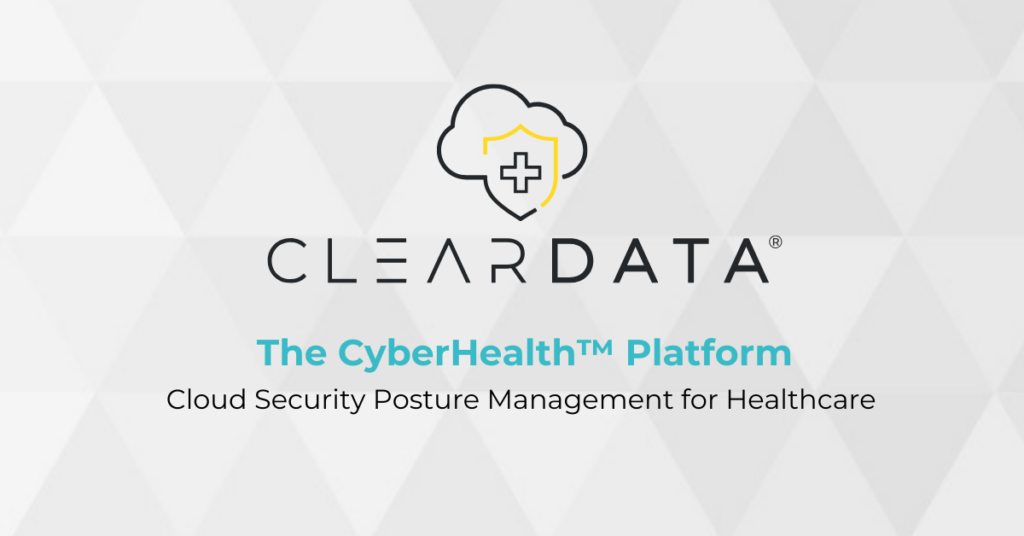Author: Matt Ferrari
Co-Founder and Former CTO
ClearDATA
I’m just back from the 2018 Healthcare Information and Management Systems Society (HIMSS) Conference, where there was a plethora of sessions on Artificial Intelligence and machine learning, as you might expect. AI and machine learning are making possible exciting breakthroughs in patient care by finding meaning in massive data sets.
All three major public cloud providers – AWS, Google, and Microsoft – were at HIMSS talking about deep products they are developing, along with current and potential uses cases for AI and machine learning. As an example, AWS recently launched a machine learning service called SageMaker, which enables data scientists and developers to quickly and easily build, train, and deploy machine learning models with high-performance machine learning algorithms, broad framework support, and one-click training, tuning, and inference.
From uses in population health research, to providing more individualized care, the examples coming forward across the healthcare industry are inspirational and promising. AI, machine learning, and predictive analytics can bring forward collaborations that give us a better view of health risks, and then allow us to narrow these down to help individuals, not only once diagnosed, but also by preventing disease altogether because we were able to spot the risk early in predictions for that individual.
Here are some snapshots of some of the exciting work I’ve been seeing lately while on the road:
- A provider is sharing massive data across populations by de-identifying PII, but keeping important medical information, then running machine learning against it in a HIPAA-complaint framework.
- Another is using machine learning to improve collaborative decision making among multi-location oncology care teams, working to provide a full 360º view of each patient so care teams can individualize each patient’s cancer care treatments for the best possible outcomes, quickly.
- A clinic and a healthcare technology company have partnered to use an FDA-cleared mobile electrocardiogram (ECG) devices that monitors patient health indicators for cardiac risk and more, using real-time collection through mobile and wearable devices. Deep machine learning capabilities are being applied to millions of ECG recordings to find previously hidden signals that can help improve heart health.
In fact, the opportunities coming to the forefront to use machine learning for deep collaboration and data sharing are surfacing from academic and medical research institutions as well. This news article from Health Data Management tells how the University of Pennsylvania launched a large-scale machine learning initiative to address sepsis – a significant cause of preventable death in hospitals they say leads to 250,000 fatalities annually. They are using a machine learning algorithm and leveraging EHR data to identify patients most at risk of developing sepsis. By predicting if there’s potential for sepsis in the blood stream as soon as surgery is over, they can get in front of sepsis deaths. The sooner care teams can recognize sepsis and act early to treat it, the better the outcome, with the potential to save many lives.
The large cloud providers are all continuing to make significant investments in machine learning tooling with healthcare use cases in the future, aiming to drive better, more consistent patient outcomes.
What this can all mean to cancer research, genomics and more is promising.
What it all means to the doctor or chief medical officer is still a matter of discussion. Machine learning and AI can reach decisions, but it can’t tell us why or how it came to that decision. The future will need humans working alongside machines to reach better outcomes than either can do individually.
As a Chief Technology Officer, one thing I’m most excited about is seeing IT as part of the solution in healthcare. I recently shared my view on that with Daniel Gutierrez of insideBIGDATA here. As I mention in that article, healthcare IT is transforming, and the impact is providing meaningful benefits to better patient care.


